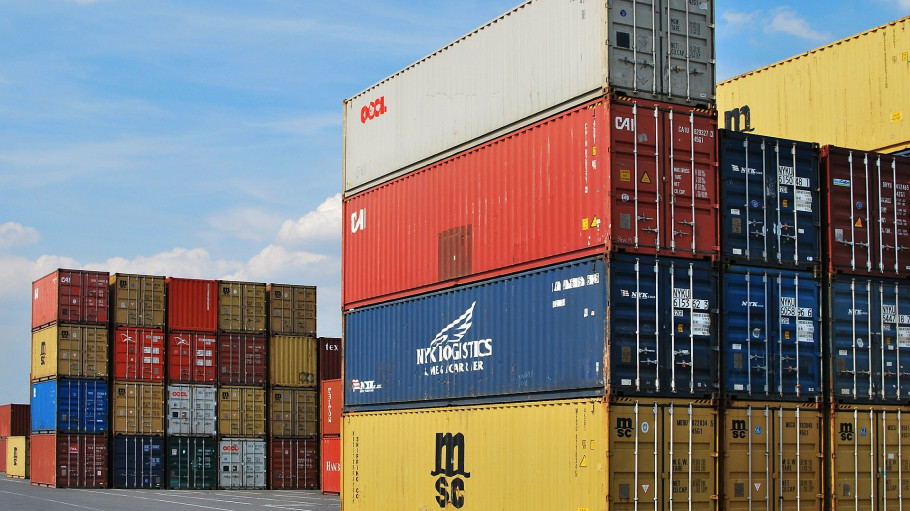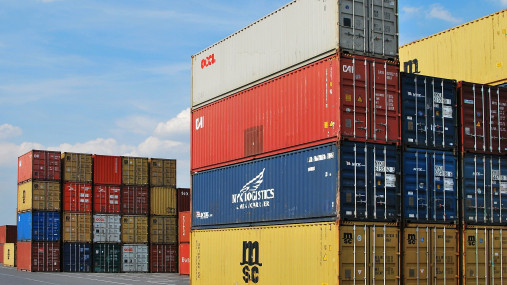

AEGIS Europe is an alliance of European industrial sectors promoting manufacturing, investment, employment, growth and innovation in an environment of fair competition and a level playing field in the EU and abroad. The alliance was created in 2016 to address the critical question as to whether the EU should accept that China was a Market Economy for purpose of anti-dumping policy. Confirming the alliance’s objective, AEGIS Europe sectors increasingly experience the critical need to expand their focus beyond EU trade defence policy and measures dealing with the effects of international economic and trade distortions, towards the root causes of distorted and unfair competition.
Well-designed and enforceable international rules that reflect today’s realities are critical for this purpose. The WTO is the regulatory institution capable of effectively framing and enforcing an international level playing field for the manufacturing industry. AEGIS Europe considers that a rules-based multilateral trade regime benefits all economies. However, the
modernization of the WTO is necessary to address competing economic and political systems.
AEGIS Europe supports the EU ambition to modernize and make the WTO more effective by introducing more transparency, new rules and disciplines and enforcement mechanisms.

Download this publication or visit associated links
Brussels, 22 March 2024 – The future of a strong and resilient EU can only be forged with steel made in Europe. Europe-made low-carbon steel has a strategic role as it enables a net-zero economy, but today it faces strong headwinds from high energy prices, unfair competition, global overcapacity and growing unilateral carbon costs. The year 2023 has recorded the lowest European crude steel production levels ever, with a number of idled plants and dire impact on workers. Ensuring the enabling conditions for the short-term viability and the decarbonisation of the steel sector urgently needs to be at the top of the EU agenda. This is the message delivered by the European Steel Association together with a number of high-level representatives of the sector on the occasion of the Clean Transition Dialogue on Steel in the presence of the Executive Vice Presidents of the European Commission, Maroš Šefčovič and Margrethe Vestager.
Uses, limits, and realistic potentials of demand-side response from the European steel industry along with a broad set of framework recommendations for an EU policy
Antwerp, 20 February 2024 – Today 73 industry leaders spanning almost 20 industrial sectors presented ‘The Antwerp Declaration for a European Industrial Deal’ to Belgian Prime Minister, Alexander De Croo and Commission President, Ursula von der Leyen. The declaration underlines the commitment of industry to Europe and its transformation and outlines urgent industry needs to make Europe competitive, resilient, and sustainable in the face of dire economic conditions.